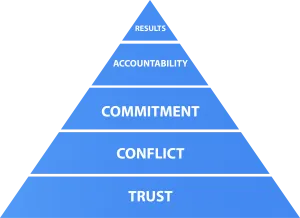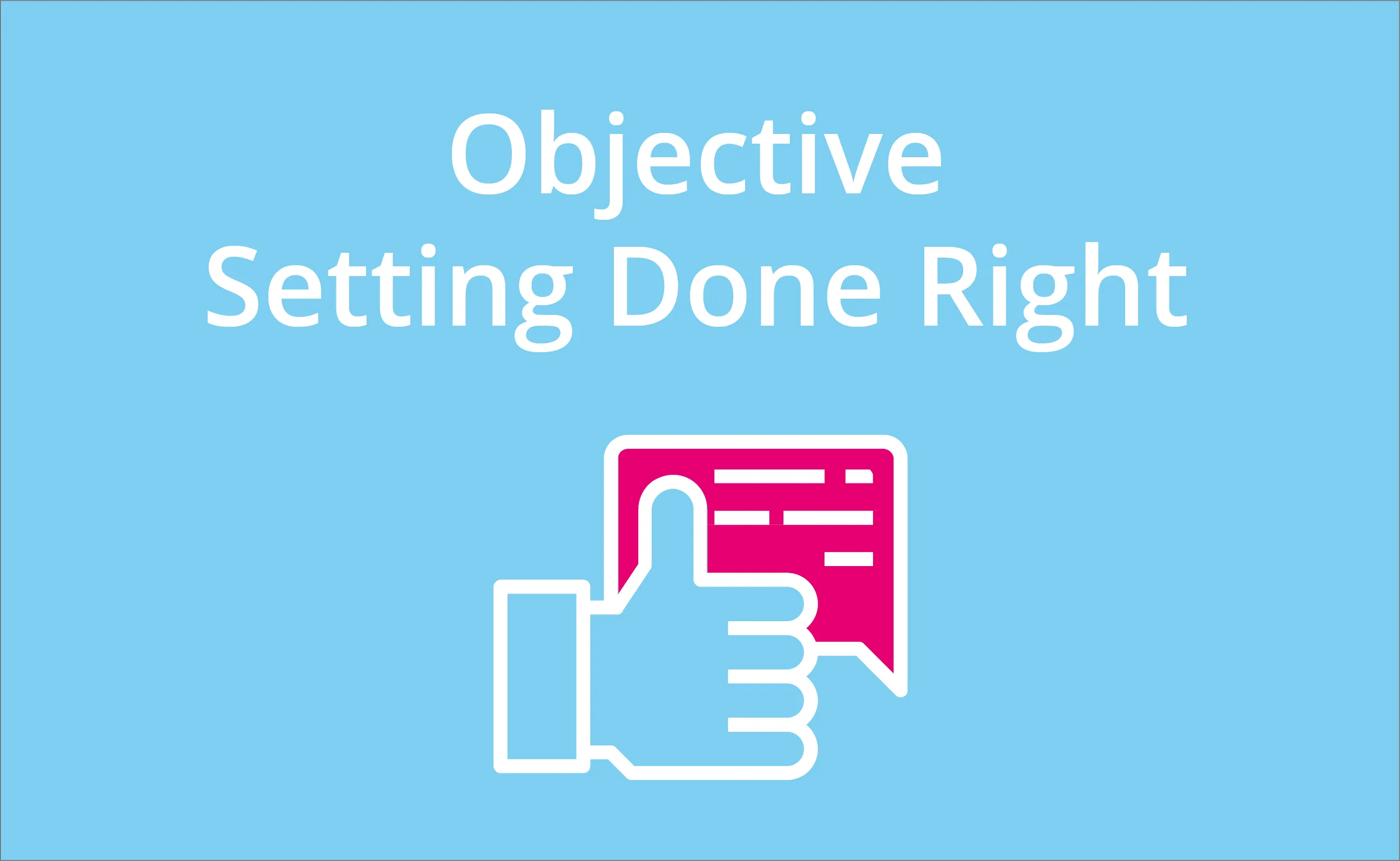
How to achieve great business results?
In one of our videos, I’ve explained the common dysfunctions of a business relationship. There’s trust, fear of conflict, lack of commitment, accountability, and attention to results. Today, I want to discuss how you can put this into practice in your organization.
Let’s start with a few observations. We see that companies are very good at installing a fair amount of trust (the bottom part of the pyramid).

Also, companies are mostly good at defining clear KPIs and objectives. Maybe they’re all over the place in the organization and you might centralize them through a CRM tool or business intelligence tool like Power BI, but that’s not a problem. The biggest challenge is the middle part. This is where BRM comes into place.
You can put this middle part into practice by making use of three building blocks.
Here are the steps you need to know:
1. Make a clear Plan

The first step is to make sure that there’s a clear business or sales plan.
Develop the design and implementation of the business strategy. Provide a clear plan of action such as deliverables to be produced, and roles and responsibilities.
2. Collaborate

All stakeholders and key players need to communicate and be aware of the business or sales plan, otherwise, it will meet resistance and lead to failure.
You also need to define the responsibilities of those who will be a part of its execution.
Once you’ve made a plan and collaborated, you already have a good base. You have defined the steps you’ll take to achieve good results.
3. Follow-up

Along the way, the plan might change. Thus, it’s important to make sure that the business or sales plans don’t get stuck in the drawer, PowerPoint, or Excel sheet. This is where follow-ups come in. You need to follow up on sales plans and sales strategies because sometimes your emails and notifications get to the bottom of your inbox.
Conclusion
Putting it into practice, BRM means making sure there’s a plan, then collaborating and defining these key responsibilities and determining the frequency of follow-ups. It’s as simple as that, but it’s easier said than done.
You can also find a video version on our YouTube channel "How to achieve great business results"
Learn more from our BRM Academy video



